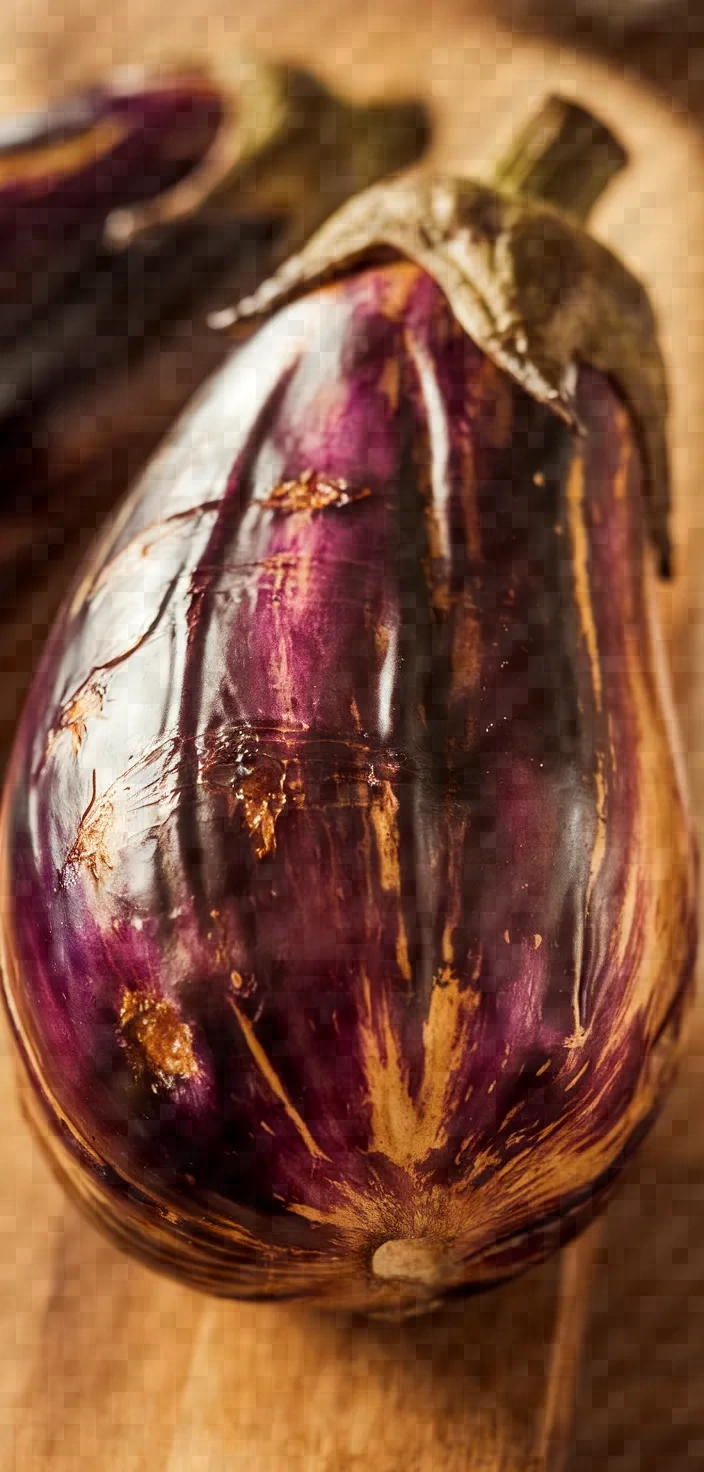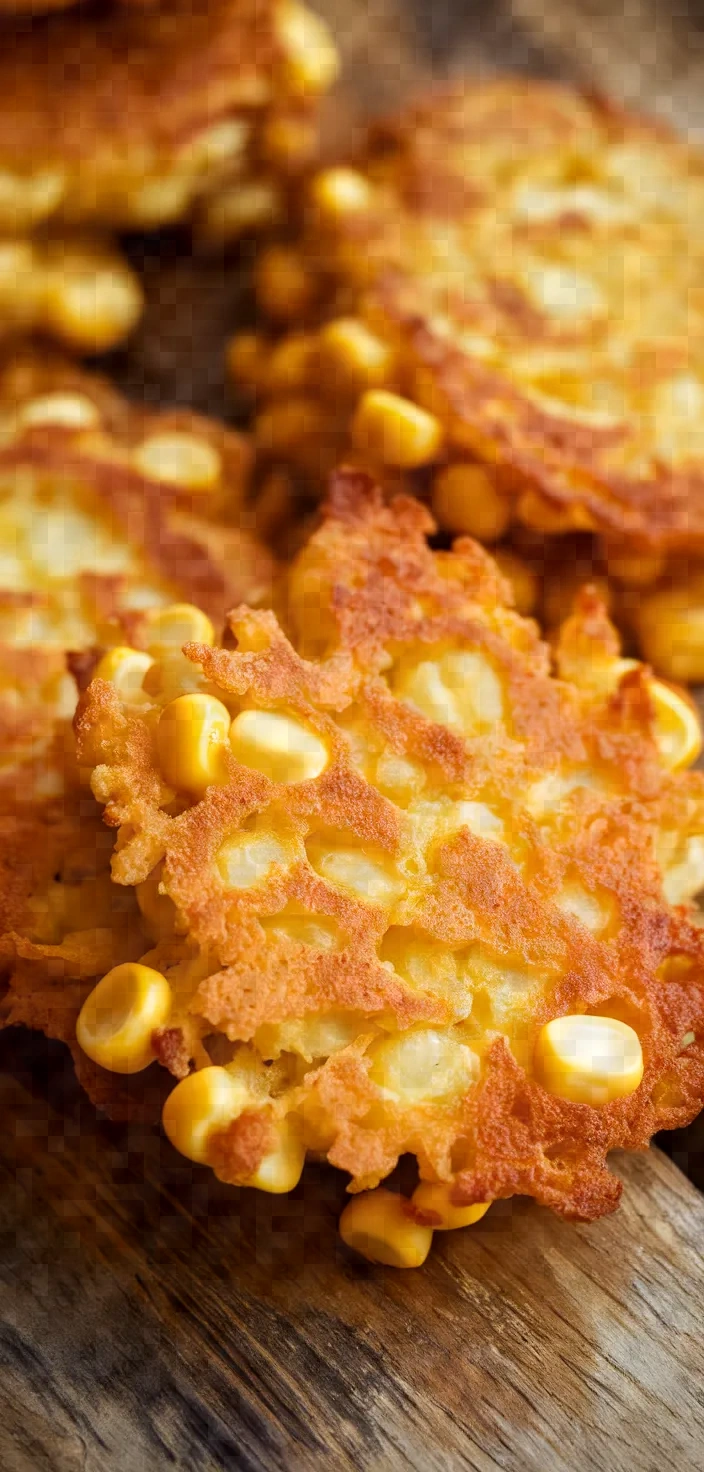Hey there, fellow foodie adventurers! If you’re anything like me and can’t resist a sauce that doubles as both a dip and a flavor-packed drizzle, this creamy peanut sauce is about to become your new best friend. It’s a savory-sweet concoction that whispers “takeout” but screams “made by me!”—perfect for jazzing up everything in your kitchen from noodles to grilled goodies. Let’s dive in!
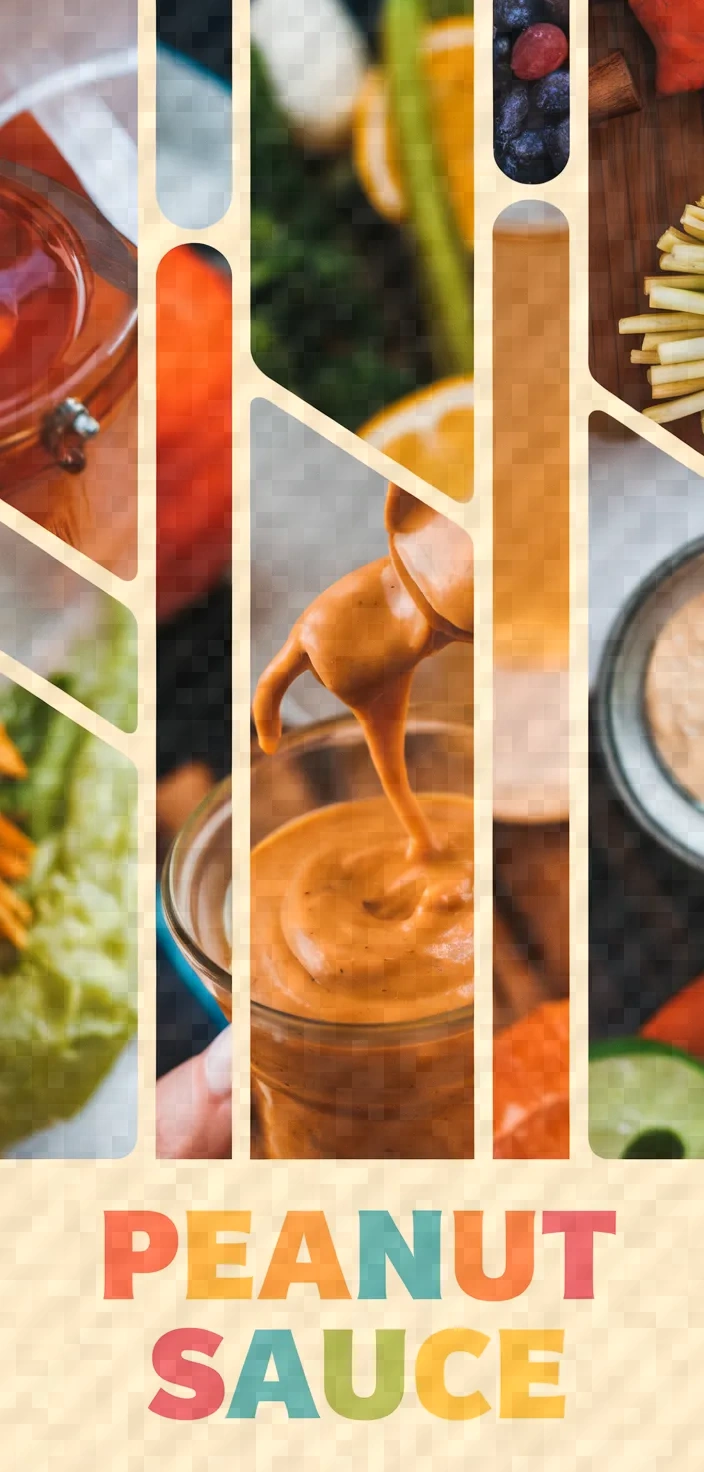
I adore making sauces of all sorts and my peanut sauce is no exception. Made with not-too-regular peanut butter (per my preference), soy sauce (not the light stuff), and a pinch of honey, this sauce couldn’t be a more agreeable mix of sweet and savory.
Add in the lime juice and garlic and there’s no way this sauce isn’t a star on whatever dish it’s drizzled over or served alongside, especially when said dish is an Asian salad or spring rolls.
Ingredients
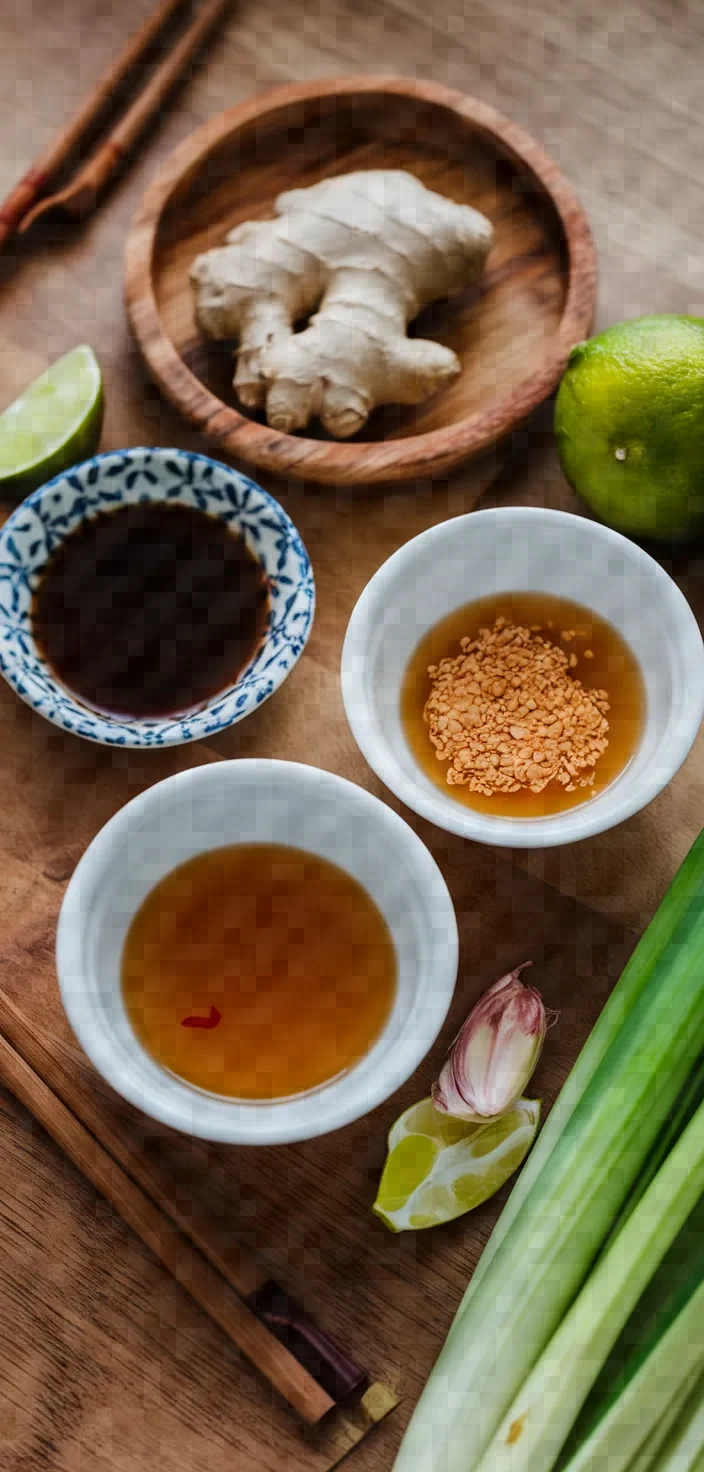
- Creamy Peanut Butter: Rich in protein and healthy fats, provides a nutty richness.
- Soy Sauce: Adds savory umami flavor, low in calories, contains sodium.
- Rice Vinegar: Offers mild acidity, enhances flavors without overpowering.
- Lime Juice: Adds bright, citrusy tang, rich in vitamin C and antioxidants.
- Honey or Maple Syrup: Natural sweeteners for balance, adds depth and mild sweetness.
- Toasted Sesame Oil: Infuses a nutty aroma, enriched with heart-healthy fats.
- Minced Garlic: Delivers pungency, rich in vitamins, minerals, and antioxidants.
Ingredient Quantities
- 1/2 cup creamy peanut butter
- 2 tablespoons soy sauce
- 1 tablespoon rice vinegar
- 1 tablespoon lime juice
- 1 tablespoon honey or maple syrup
- 2 teaspoons toasted sesame oil
- 1 teaspoon minced garlic
- 1/2 teaspoon grated fresh ginger
- 1/4 teaspoon red pepper flakes (optional, for heat)
- 1/3 to 1/2 cup warm water (as needed to achieve desired consistency)
How to Make this
1. In a medium bowl, mix together smooth peanut butter, soy sauce, rice vinegar, lime juice, and either honey or syrup to taste.
2. In the bowl, add toasted sesame oil, minced garlic, grated fresh ginger, and red pepper flakes (if you are using them).
3. Whisk or fork the ingredients together until they are combined well and smooth.
4. Warm water should be added slowly, a little at a time, and you should keep whisking until the sauce is at the consistency you want. Use 1/3 cup for a sauce that is thicker or up to 1/2 cup for a sauce that is thinner.
5. Check the flavor of the sauce and change the seasonings as necessary. If you want it a little more salty, add soy sauce. If you want it a little more acidic, add lime juice. If you want it a little sweeter, add honey or maple syrup.
6. If you’re not using the sauce right away, store it in an airtight container.
7. Refrigerate for up to a week; shake or stir before serving, as it may thicken somewhat when chilled.
8. Peanut sauce can be used to dip fresh spring rolls or vegetables.
9. Add flavor to grilled meats, tofu, or roasted vegetables by drizzling it over these foods.
10. Stir it into noodles or rice, already fried, for a fast and straightforward meal boost.
Equipment Needed
1. Medium bowl
2. Measuring cups
3. Measuring spoons
4. Whisk or fork
5. Grater (for fresh ginger)
6. Airtight container (for storage)
FAQ
- Can I use chunky peanut butter instead of creamy?Certainly! If you like a texture with bits of peanuts, that’s just fine; you’re welcome to use chunky peanut butter.
- Is there a substitute for soy sauce?If you require a gluten-free or soy-free substitute for soy sauce, use tamari or coconut aminos.
- How long can I store the peanut sauce?Preserve the peanut sauce in a hermetically sealed container in the icebox for no more than seven days.
- Can I make this sauce in advance?Indeed, when prepared ahead of time, the tastes combine wonderfully. Simply stir it well before using, as it may thicken in the refrigerator.
- What can I use the peanut sauce for?It’s ideal as a dipping sauce for spring rolls, a dressing for salads, a marinade for grilled meats, or when combined with noodles.
- How can I adjust the spiciness?Modify the quantity of red pepper flakes according to your preference, or leave them out entirely if you want a sauce that’s not at all spicy.
- Is it possible to make this sauce sugar-free?Indeed, honey or maple syrup can be substituted with a zero-sugar sweetener such as stevia, or the sweeteners can be skipped altogether for a version that is not as sweet.
Peanut Sauce Recipe Substitutions and Variations
Creamy peanut butter:
Replace with almond butter or sunflower seed butter for a nut-free version.
Soy sauce:
Tamari or coconut aminos are excellent gluten-free substitutes.
Rice vinegar:
If rice vinegar is unavailable, you can use apple cider vinegar or white wine vinegar.
Honey or maple syrup:
Sweeteners such as Agave nectar or brown rice syrup can take the place of these.
Toasted sesame oil:
You can substitute regular sesame oil or olive oil.
Pro Tips
1. For an extra depth of flavor, lightly toast the peanuts before making peanut butter or use freshly ground peanut butter if available. This enhances the nuttiness of the sauce.
2. When adding the warm water, consider using reserved pasta cooking water if you’re planning to use the sauce with noodles. The starchy water can help bind the sauce better to the noodles.
3. If you prefer a smoother sauce, blend all the ingredients using a hand blender instead of whisking. This can help fully incorporate the ginger and garlic.
4. For an additional layer of flavor, add a splash of fish sauce. It provides an umami boost, but use sparingly to avoid overpowering the peanut profile.
5. Customize the heat level by experimenting with different types of chili flakes or fresh chopped chili peppers if red pepper flakes aren’t spicy enough or if you want a different texture or flavor of heat.
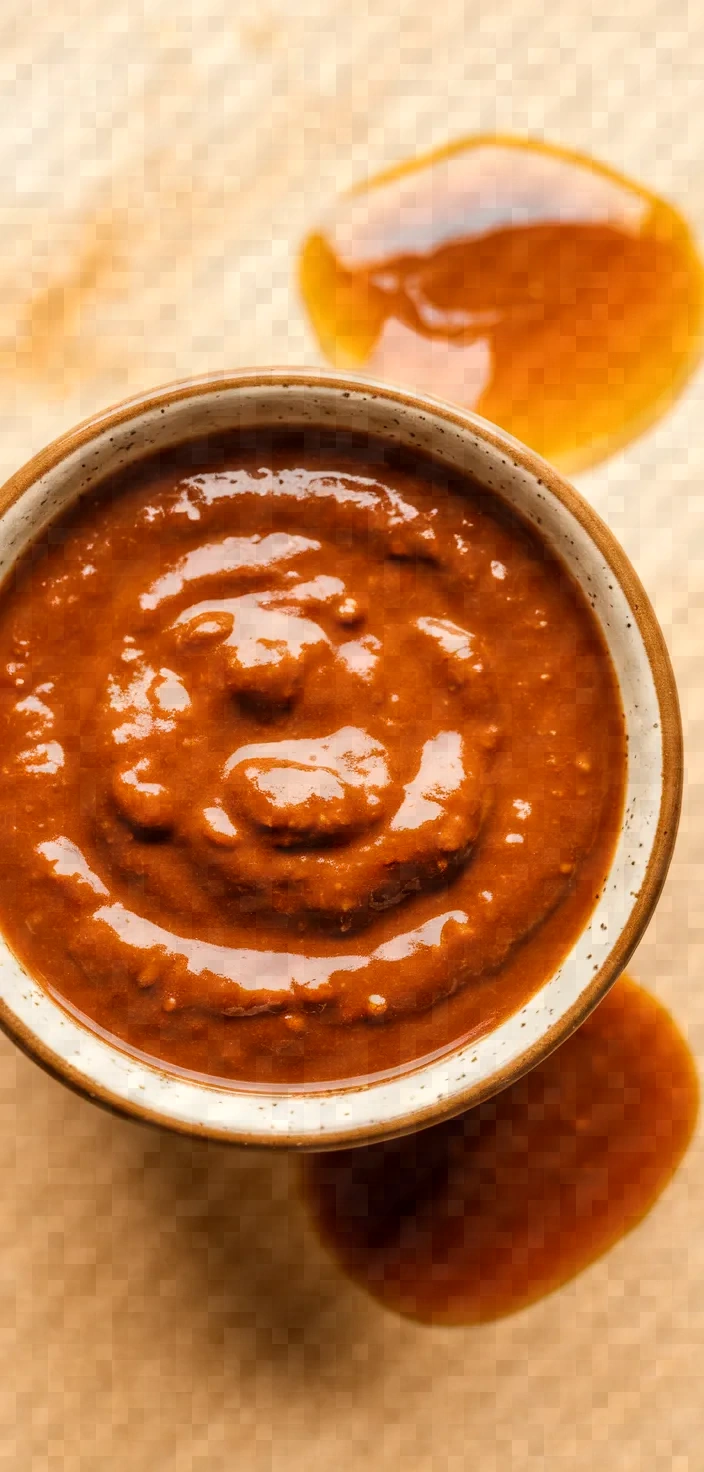
Peanut Sauce Recipe
My favorite Peanut Sauce Recipe
Equipment Needed:
1. Medium bowl
2. Measuring cups
3. Measuring spoons
4. Whisk or fork
5. Grater (for fresh ginger)
6. Airtight container (for storage)
Ingredients:
- 1/2 cup creamy peanut butter
- 2 tablespoons soy sauce
- 1 tablespoon rice vinegar
- 1 tablespoon lime juice
- 1 tablespoon honey or maple syrup
- 2 teaspoons toasted sesame oil
- 1 teaspoon minced garlic
- 1/2 teaspoon grated fresh ginger
- 1/4 teaspoon red pepper flakes (optional, for heat)
- 1/3 to 1/2 cup warm water (as needed to achieve desired consistency)
Instructions:
1. In a medium bowl, mix together smooth peanut butter, soy sauce, rice vinegar, lime juice, and either honey or syrup to taste.
2. In the bowl, add toasted sesame oil, minced garlic, grated fresh ginger, and red pepper flakes (if you are using them).
3. Whisk or fork the ingredients together until they are combined well and smooth.
4. Warm water should be added slowly, a little at a time, and you should keep whisking until the sauce is at the consistency you want. Use 1/3 cup for a sauce that is thicker or up to 1/2 cup for a sauce that is thinner.
5. Check the flavor of the sauce and change the seasonings as necessary. If you want it a little more salty, add soy sauce. If you want it a little more acidic, add lime juice. If you want it a little sweeter, add honey or maple syrup.
6. If you’re not using the sauce right away, store it in an airtight container.
7. Refrigerate for up to a week; shake or stir before serving, as it may thicken somewhat when chilled.
8. Peanut sauce can be used to dip fresh spring rolls or vegetables.
9. Add flavor to grilled meats, tofu, or roasted vegetables by drizzling it over these foods.
10. Stir it into noodles or rice, already fried, for a fast and straightforward meal boost.

